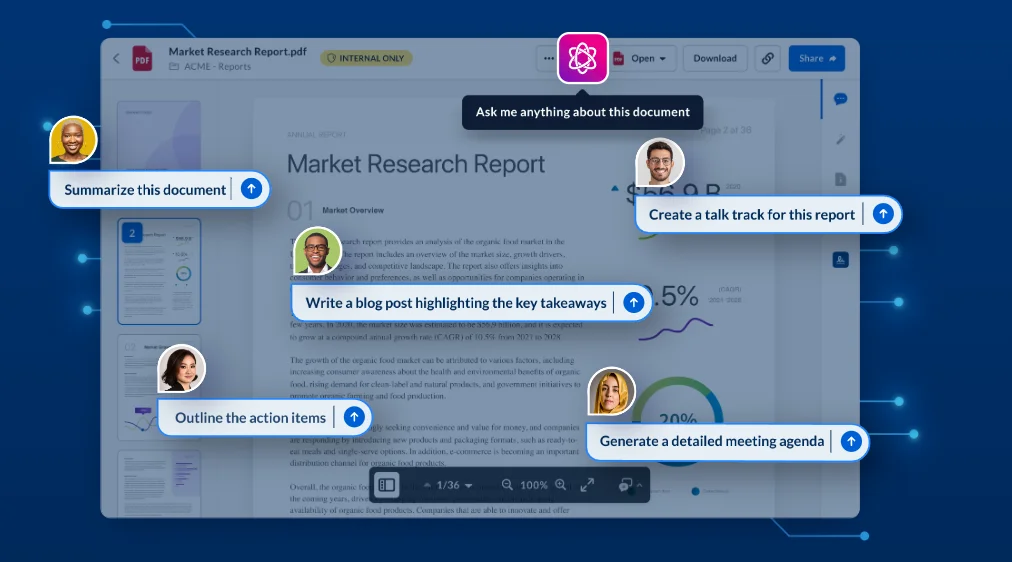As we delve deeper into the era of advanced technology, artificial intelligence has become an integral part of enterprise software. Among the challenges that companies are currently grappling with is the creation of a fair pricing model, particularly when harnessing expansive language models like OpenAI’s. In the thick of it all, Box, a leading cloud content management platform, is emerging as a potential trailblazer in the field.
Box AI, the firm’s latest venture—a partnership with OpenAI—offers the key to understanding this pricing problem.
➜ The debut of Box AI
➜ The pricing dilemma
Box’s Chief Product Officer, Diego Dugatkin, has shared some thoughts on this matter. He recognizes the challenge of achieving a balance between quality and price in the realm of AI applications:
“We want to ensure that we’re delivering value, and we want to make sure that we’re being fair, not just from the Box perspective, but also from the OpenAI perspective. We want to deliver a high-quality experience at a price that enterprises can afford.”
➜ Possible solutions to the plight
As the implementation of AI in enterprise software continues to grow and evolve, companies must grapple with the significant challenge of pricing. With Box already paving the path by including AI in its cloud content management system and currently juggling the pricing model, other companies are sure to follow suit. These developments highlight the pressing need for affordable and fair AI pricing models and present an opportunity. Companies like Box now stand on the cusp of setting a precedent in innovative AI applications and potentially revolutionizing AI pricing in enterprise software.
While these initial steps might seem daunting, they are necessary for progress. In the words of the crowd wisdom over at NeuralWit, “Artificial Intelligence is the new electricity,” illuminating the path with its promising capabilities.


